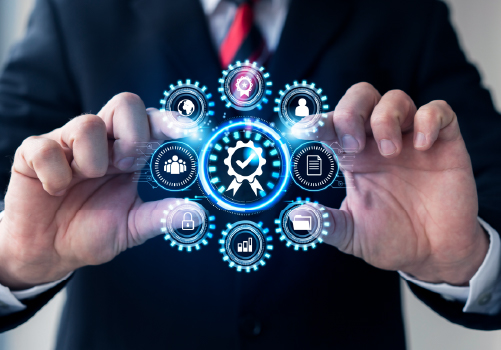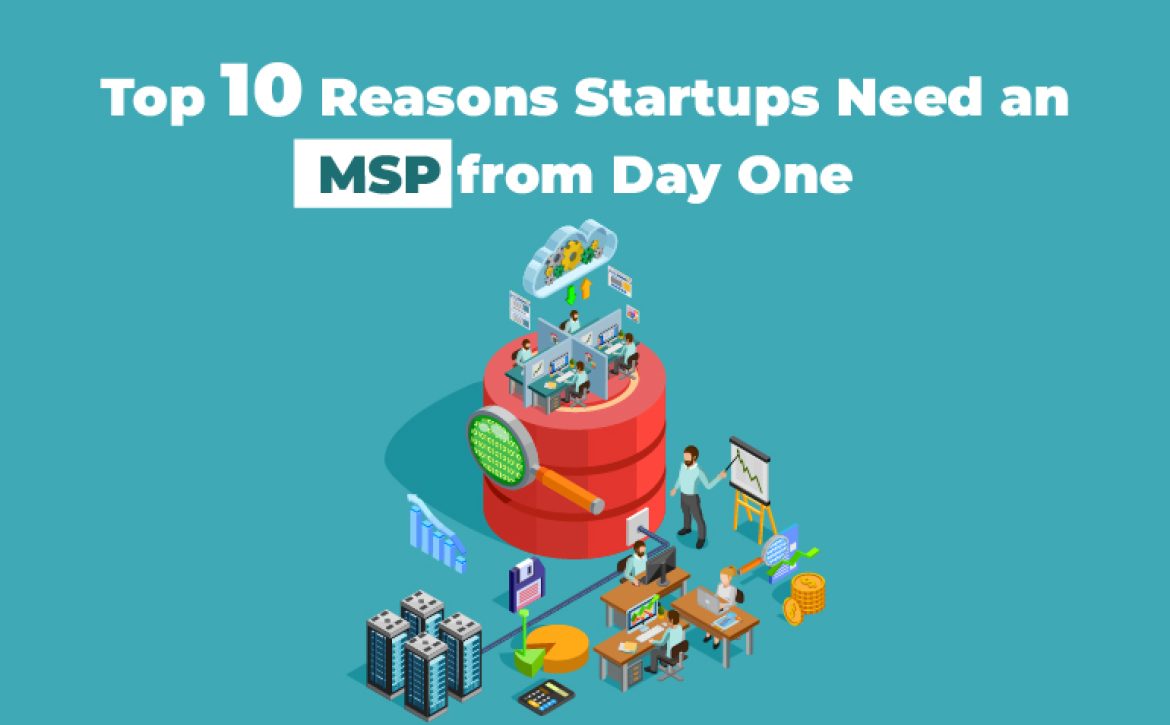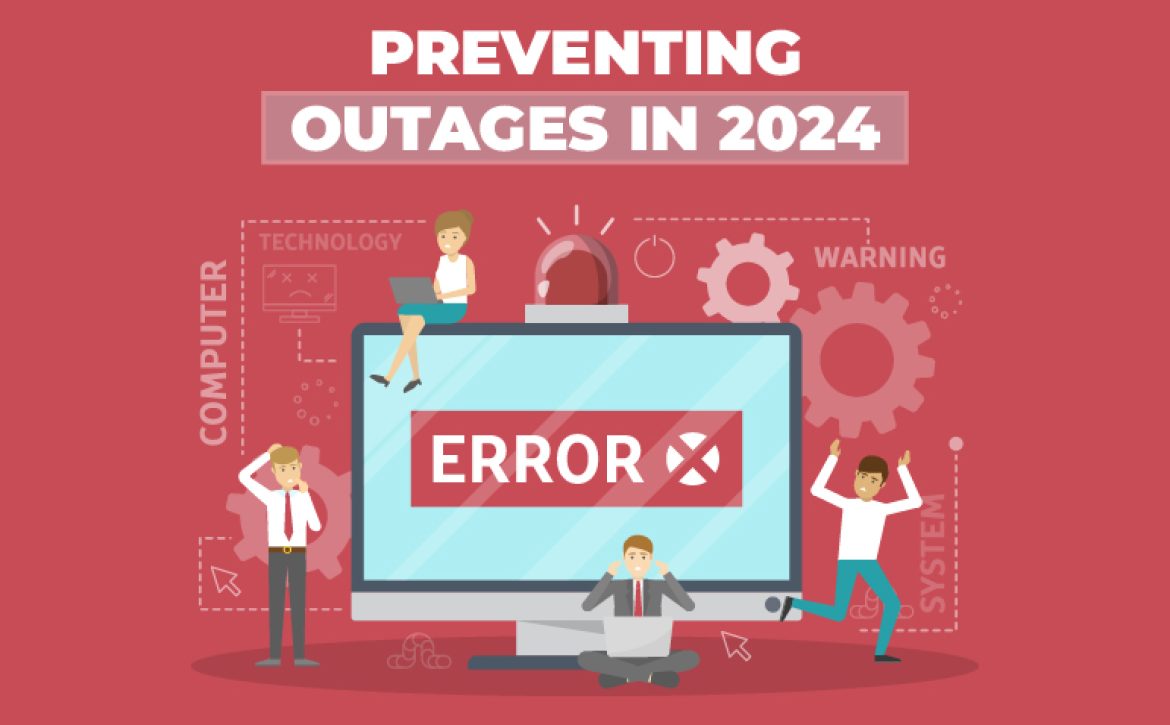Can MSPs Help Optimize Healthcare IT Budgets

Can MSPs Help Optimize Healthcare IT Budgets
In today’s healthcare industry, optimizing IT budgets has become critical. With rising operational costs and the need to maintain state-of-the-art technology, healthcare organizations often struggle to keep their IT spending under control. Managed Service Providers (MSPs) can play a significant role in addressing these challenges, providing targeted solutions to reduce costs, streamline IT processes, and ultimately enhance service delivery. For healthcare facilities, working with a trusted MSP like Protected Harbor can lead to a balanced and efficient IT budget, maximizing every dollar spent.
Understanding the IT Budgeting Challenges in Healthcare
Healthcare IT environments are complex, driven by the need to store massive amounts of sensitive data, ensure seamless communication between systems, and maintain compliance with industry regulations such as HIPAA. These requirements demand substantial investment in secure infrastructure, reliable network solutions, and regular software updates. As new technologies emerge and patient needs grow, the associated IT costs can quickly become overwhelming.
In many cases, healthcare providers lack the resources to hire a full in-house IT team, making it difficult to maintain operational efficiency while meeting compliance and security requirements. Here, MSPs become an invaluable partner by offering the expertise, technology, and support necessary to streamline IT processes at a predictable cost.
The Role of MSPs in Optimizing Healthcare IT Budgets
1. Proactive Maintenance and Support
One of the primary ways MSPs optimize healthcare IT budgets is by providing proactive maintenance and support. This involves continuous monitoring, identifying potential issues before they escalate, and implementing corrective measures. Through this proactive approach, MSPs help reduce downtime, minimize costly repairs, and prevent disruptions to healthcare services.
By addressing issues early on, MSPs keep systems running smoothly, which is essential for healthcare providers who rely heavily on uninterrupted access to electronic health records (EHRs) and other critical applications. Protected Harbor, for example, has developed preventive maintenance protocols specifically designed to handle the unique demands of healthcare IT.
2. Enhanced Cybersecurity
Healthcare data is highly sensitive, and breaches are both costly and damaging to a provider’s reputation. MSPs provide comprehensive cybersecurity solutions, often at a fraction of the cost of building an in-house security team. They employ the latest security tools, such as advanced threat detection, encryption, and endpoint security, to protect against ransomware, phishing, and other attacks.
For example, Protected Harbor delivers industry-specific cybersecurity measures, including compliance assistance with HIPAA and other regulations, ensuring data integrity and security. This managed security approach prevents costly breaches, reduces liability, and safeguards patient trust—all of which contribute to budget optimization by avoiding the high costs of a security incident.
3. Scalable and Predictable Costs
One of the most significant financial advantages MSPs offer is predictable and scalable pricing. With a fixed monthly fee, healthcare providers can access a range of services that would otherwise require a substantial investment. This model allows healthcare organizations to better manage their budgets by replacing unpredictable, high-cost IT issues with a fixed, manageable expense.
Protected Harbor’s flexible service packages provide healthcare organizations with only the services they need, ensuring they never pay for unnecessary resources. This scalability is particularly valuable as healthcare facilities grow or adjust their needs over time, making budgeting straightforward and adaptive to organizational changes.
4. Cloud-Based Solutions
Cloud computing has become a game-changer for healthcare IT budgets, enabling data storage, access to EHRs, and communication across multiple locations without requiring expensive on-premises hardware. MSPs like Protected Harbor offer cloud migration and management services that help healthcare providers transition to the cloud while maintaining data security and compliance.
By adopting cloud-based solutions, healthcare organizations can save on hardware, maintenance, and energy costs. Moreover, cloud services provide flexibility and scalability, allowing organizations to adjust resources as needed without incurring significant expenses. This shift is not only cost-effective but also enhances data accessibility, empowering healthcare professionals with real-time patient data, which can improve decision-making and patient care.
 5. Leveraging Data Analytics for Strategic Budgeting
5. Leveraging Data Analytics for Strategic Budgeting
MSPs often bring advanced data analytics capabilities that can help healthcare organizations analyze IT spending patterns and optimize their budgets accordingly. By examining usage metrics, MSPs can identify inefficiencies, unused resources, and potential areas for cost savings.
Protected Harbor’s data-driven approach enables healthcare providers to make informed decisions regarding their IT investments. Through regular performance reports and spending analysis, healthcare administrators gain a clearer picture of their budget allocation, making it easier to prioritize spending and eliminate unnecessary costs. This strategic, data-driven budgeting can be particularly impactful in identifying underused systems or outdated technology that could be replaced with more efficient alternatives.
6. Compliance Management and Regulatory Assistance
Staying compliant with healthcare regulations is not only crucial to patient safety but also to the financial stability of the organization. Non-compliance can lead to heavy fines and reputational damage. MSPs help healthcare organizations manage compliance through specialized services, such as risk assessments, compliance audits, and regular updates to ensure that all systems align with current laws and standards.
Protected Harbor offers healthcare providers peace of mind by keeping them in line with HIPAA and other regulatory requirements, thus avoiding costly compliance penalties. Compliance management also reduces the risk of costly litigation and ensures that data-handling processes are as secure and efficient as possible, creating long-term budget stability.
7. Reduced Staffing and Training Costs
The complexity of healthcare IT requires highly skilled professionals. Hiring and retaining an in-house IT team can be a significant financial burden for healthcare providers. MSPs offer access to a pool of skilled professionals without the costs associated with full-time staffing, including salaries, benefits, and ongoing training.
By outsourcing IT needs to an MSP like Protected Harbor, healthcare organizations can avoid the expenses tied to recruiting, training, and retaining IT staff, all while gaining 24/7 support from a dedicated team. This reduction in staffing and training costs contributes significantly to an optimized IT budget, as healthcare facilities only pay for the specific skills and expertise they require.
Choosing the Right MSP for Healthcare IT Optimization
Selecting an MSP that understands the unique demands of the healthcare industry is essential for effective IT budget optimization. Protected Harbor, a leading MSP in the US, has a proven track record in helping healthcare organizations manage and reduce their IT costs. With customized solutions, comprehensive cybersecurity measures, and a proactive approach to IT management, Protected Harbor is uniquely equipped to support healthcare facilities in achieving optimal budget efficiency.
From minimizing downtime to implementing the latest technology securely, partnering with Protected Harbor offers healthcare providers a path to a cost-effective, streamlined, and compliant IT environment.
Optimize Your Healthcare IT Budget Today
If your healthcare organization is looking to reduce IT costs, improve security, and streamline operations, Protected Harbor offers a free IT audit to assess your current infrastructure and identify opportunities for optimization. Take the first step toward an efficient and secure IT environment. Contact Protected Harbor today for your free IT audit and start optimizing your healthcare IT budget.
Ready to make your IT budget work smarter for your healthcare facility? Contact Protected Harbor for a free IT audit today!





 6. Response Time and Downtime Management
6. Response Time and Downtime Management

 3. Steps to Achieve and Maintain Compliance
3. Steps to Achieve and Maintain Compliance

 2. Over-Reliance on Technology
2. Over-Reliance on Technology

 6. Supporting Remote and Hybrid Workforces
6. Supporting Remote and Hybrid Workforces

 6. Secure Mobile Devices
6. Secure Mobile Devices

 Best Practices for Network Infrastructure Design
Best Practices for Network Infrastructure Design







